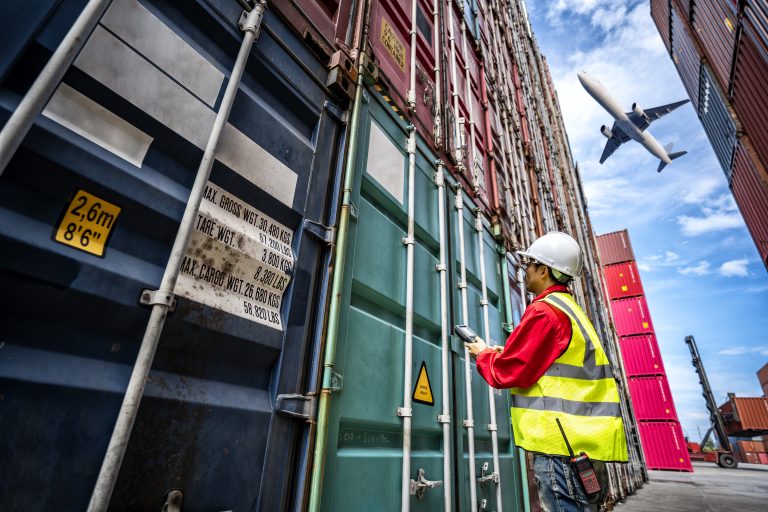
Close


Container inspection activities are a crucial part of the logistics industry and involve the inspection and evaluation of containers used for transporting goods. Containers play a key role in global trade, ensuring the safe and efficient delivery of cargo between ports and transport hubs.
LLP “Q-Inspection” conducts container inspections, ensuring the fulfillment of all guarantees.
Our inspectors conduct inspections both before cargo loading to confirm that containers meet specific safety, quality, and international regulatory standards, as well as after unloading to ensure the proper condition of the container.
Here are some key aspects of container inspection activities performed by our company:
Inspectors check containers for visible damage, cracks, corrosion, lock and hinge malfunctions, door seal issues, and other visible defects.
Inspectors ensure that containers are correctly identified with unique numbers and markings, and also verify that the placement of the markings complies with international standards.
Inspectors examine containers for airtightness to ensure that they can prevent the ingress of moisture, dust, or other contaminants.
Inspectors check the floors and walls of the container for damage, rot, decay, leaks, and other issues that could negatively affect the cargo and safety.
Inspectors check for the presence of flammable materials, improper storage or loading of cargo, and ensure that the necessary firefighting and safety equipment is available.
Inspectors conduct checks to ensure that containers comply with international standards, such as those set by the International Maritime Organization (IMO) and the International Air Transport Association (IATA).
Based on the inspection results, detailed reports are prepared, documenting the issues found, recommendations for correction, and an overall assessment of the container’s condition.